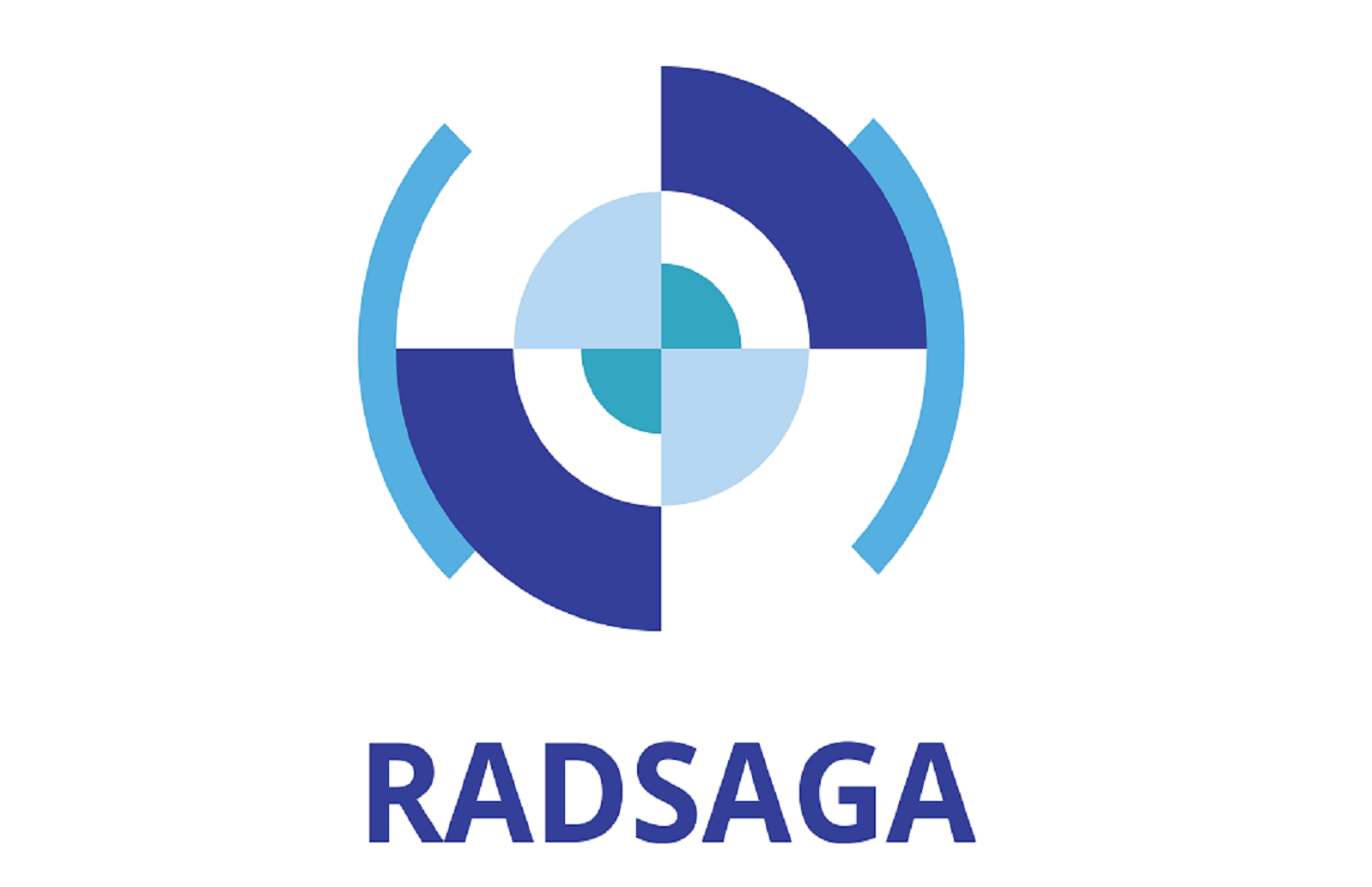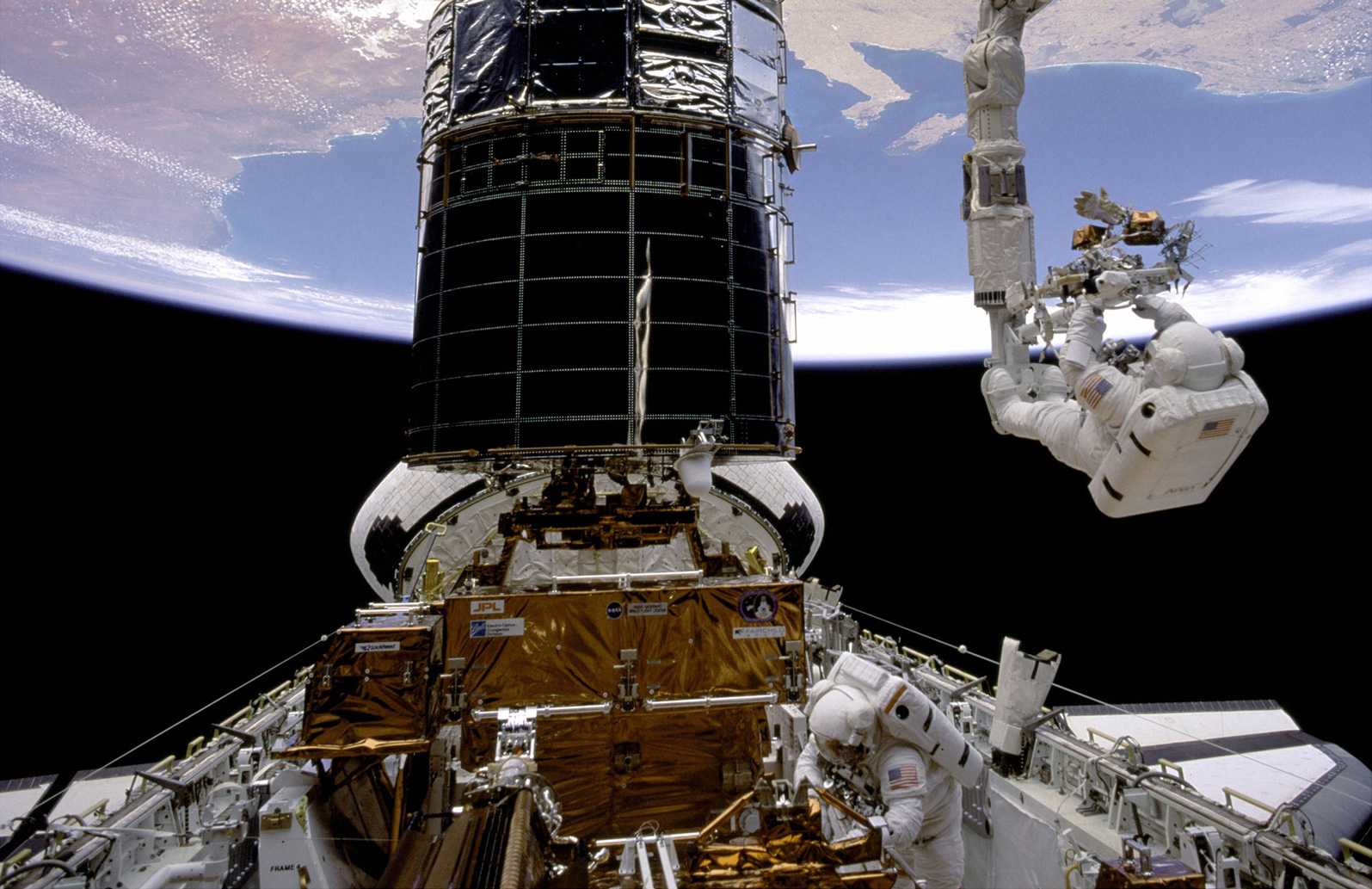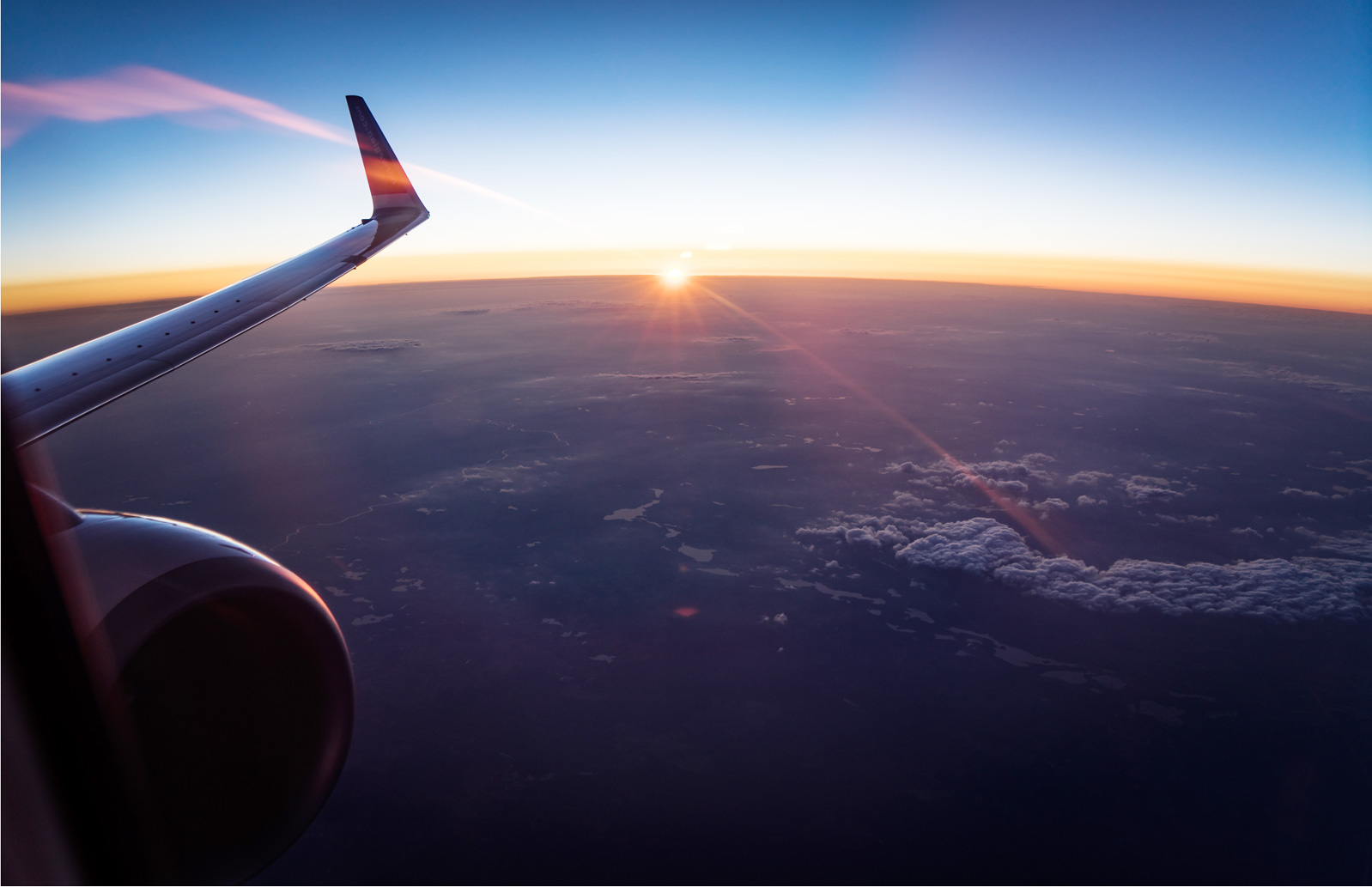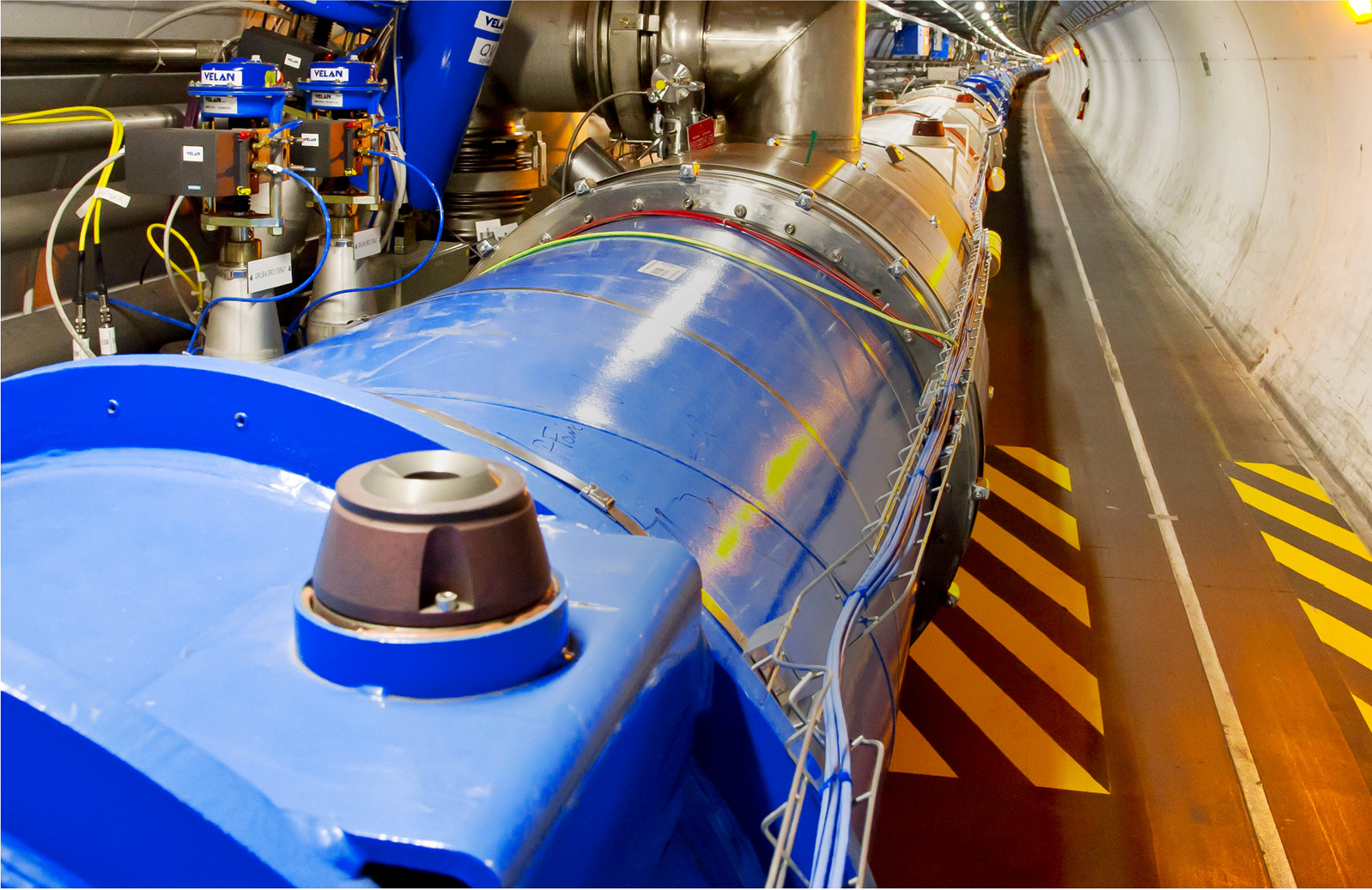ESR 13 - Israel Lopes
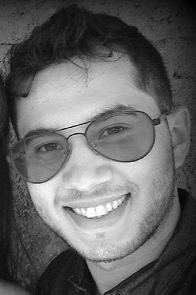
Short biography
Israel Lopes' experience in the science and technology world started during the high school when he joined a robotic team in 2007 in Brazil. Afterwards, his team won the national championship and qualified for the world robotics championship in 2009, held in the USA. He received his Bachelor's Degree in Computer Engineering from the Rio Grande do Sul State University in 2016 and his Master's Degree in Microelectronics from the Federal University of Rio Grande do Sul in 2017. He's worked with reconfigurable architectures for artificial intelligence since 2014 and started to work with autonomous car applications and radiation effects on FPGAs and SoCs since 2016.
Why did you apply for a RADSAGA position?
I've been interested in avionics and ground vehicles since when I was a child. My interest grew stronger during my Bachelor's Degree when I worked with UAVs and rover robots as well as during my Master's Degree when I moved to autonomous cars. Another passion of my life is physics. So, when I heard about the particle accelerator facilities at CERN, at the time of my Bachelor's Degree, I got very impressed and I came to admire CERN. Therefore, I applied for the ESR13 position of the RADSAGA network because it unites my two passions in the same PhD through the development of space, aviation and ground applications as well as the execution of radiation experiments in CERN and other amazing accelerator facilities.
What are your future goals? How will RADSAGA help you fulfill them?
My future goal is either to become a research project engineer in the aerospace or automotive industry, or to pursue my research activities with an academic position. The RADSAGA project will provide me an expertise in the reliability of digital systems by means of the activities defined in the ESR13 position as well as the trainings and workshop provided by the RADSAGA network.
